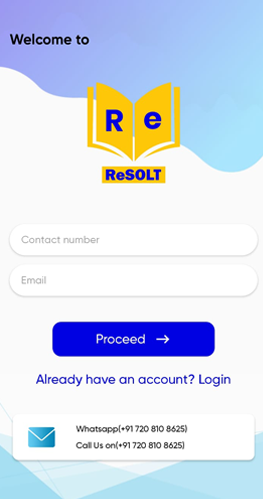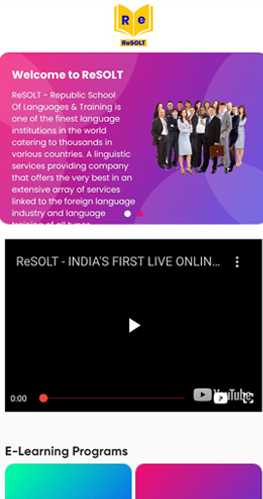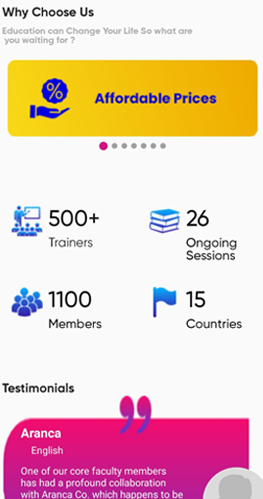In the dynamic landscape of business intelligence, Power BI has emerged as a game-changer, empowering organizations to transform raw data into actionable insights. If you aspire to become a Power BI Developer, navigating this field can open doors to exciting opportunities. In this comprehensive guide, we will explore the key steps and skills required to embark on the journey of becoming a proficient Power BI Developer.
1. Understand the Basics:
Before diving into the world of Power BI, it’s crucial to grasp the basics of business intelligence and data visualization. Familiarize yourself with fundamental concepts such as data modeling, data warehousing, and the principles of effective data visualization. Online resources, tutorials, and introductory courses can provide a solid foundation for understanding the core principles of Power BI.
2. Acquire Proficiency in Power BI Desktop:
Power BI Desktop is the primary tool used by developers to create interactive reports and dashboards. Invest time in acquiring proficiency in Power BI Desktop, understanding its interface, and mastering its features. Learn how to import data from various sources, transform data using Power Query, create relationships, and design visually appealing reports. Microsoft provides extensive documentation and tutorials to help you navigate the intricacies of Power BI Desktop. By joining the best Power BI course in Mumbai, you can acquire proficiency in Power BI Desktop.
3. Explore Data Modeling Techniques:
Data modeling is a fundamental aspect of Power BI development. Understand how to design effective data models by establishing relationships between tables, creating calculated columns, and utilizing DAX (Data Analysis Expressions) formulas. A strong grasp of data modeling ensures that your Power BI reports deliver accurate and meaningful insights to end-users.
4. Master Power Query for Data Transformation:
Power Query is a powerful tool within Power BI that facilitates data transformation and cleansing. Learn how to use Power Query to connect to various data sources, clean and shape data, and create reusable data transformation processes. Proficiency in Power Query enhances your ability to work with diverse datasets and ensures the accuracy of your analytical outputs.
5. Embrace DAX (Data Analysis Expressions):
DAX is the formula language used in Power BI for creating custom calculations and aggregations. Invest time in mastering DAX functions and expressions to perform advanced calculations within your reports. Understanding DAX is crucial for creating dynamic and insightful measures that drive the analytical depth of your Power BI solutions.
6. Gain Hands-on Experience:
Theory alone is not sufficient to become a proficient Power BI Developer. Gain hands-on experience by working on real-world projects. Tackle diverse datasets, address complex business scenarios, and create comprehensive reports and dashboards. Practical experience enhances your problem-solving skills and prepares you for the challenges encountered in the professional realm.
7. Stay Updated with Power BI Updates:
Microsoft regularly updates and enhances Power BI with new features and functionalities. Stay abreast of these updates by regularly checking the Power BI blog, participating in forums, and exploring new features. Keeping yourself informed about the latest developments ensures that you are leveraging the full potential of Power BI and incorporating the latest capabilities into your projects.
8. Pursue Relevant Certifications:
Microsoft offers certifications specifically tailored for Power BI developers. Consider pursuing certifications such as the Microsoft Certified: Data Analyst Associate or the Microsoft Certified: Power BI Developer Associate. These certifications validate your expertise in Power BI and enhance your credibility in the job market. You can enroll in the best Power BI training in Mumbai to prepare for certifications.
9. Collaborate and Network:
Engage with the Power BI community by participating in forums, attending conferences, and joining relevant social media groups. Collaboration and networking provide opportunities to learn from experienced developers, share insights, and stay informed about industry best practices. The Power BI community is vibrant and supportive, offering a wealth of knowledge and resources.
10. Showcase Your Portfolio:
Build a portfolio showcasing your Power BI projects and achievements. Create a personal website or utilize professional platforms like LinkedIn to highlight your skills and showcase the impact of your work. A compelling portfolio not only demonstrates your proficiency but also serves as a tangible representation of your capabilities to potential employers or clients.
Conclusion:
Becoming a Power BI Developer is a rewarding journey that combines technical expertise with creative data visualization skills. By mastering Power BI Desktop, understanding data modeling and transformation, and staying updated with industry trends, you can carve a successful career in the field of business intelligence.
Remember that continuous learning and practical application are key to becoming a proficient Power BI Developer. Embrace challenges, seek out opportunities for hands-on experience, and leverage the vast resources available within the Power BI community. With determination, a solid skill set, and a passion for transforming data into actionable insights, you can unlock the full potential of Power BI and thrive in the dynamic world of business intelligence.



















